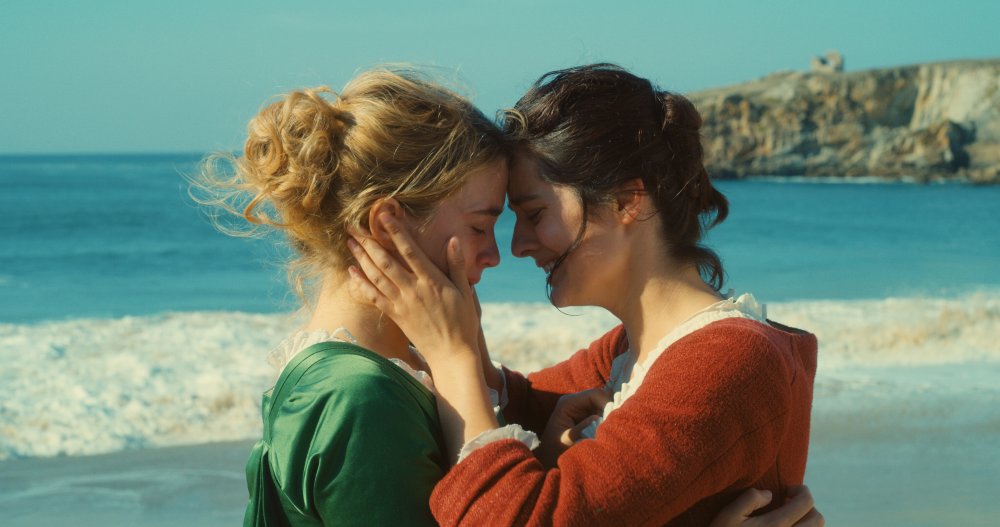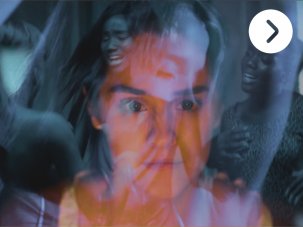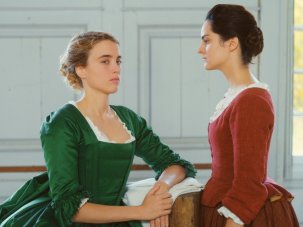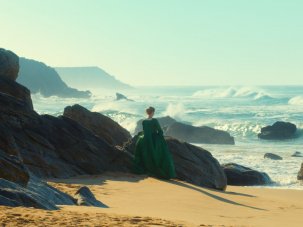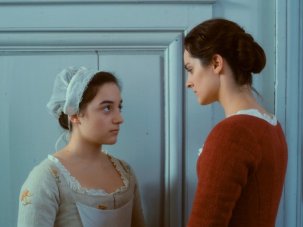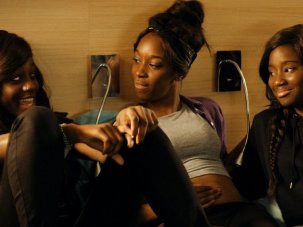Céline Sciamma’s fourth feature, Portrait of a Lady on Fire, a sensual, slow-burning tale of desire set in pre-Revolutionary France, torches a number of storytelling conventions: the painter who falls for his muse, the heritage romance obsessed with who the ladies will marry, the lesbian love story that ends in tragedy… but Sciamma’s most radical stroke is to remove men from the picture. They appear at the start, dropping the painter Marianne (Noémie Merlant) off on a windswept Breton beach near the isolated home of unhappily betrothed noblewoman Héloïse (Adèle Haenel), and they reappear at the end, as the film and its characters rejoin wider society. In between, there’s a gasp of utopia.
Portrait of a Lady on Fire is released in UK cinemas and on demand on 28 February 2020.
Haenel has described her character’s journey as one “from object to subject”. As the film starts, she is already on a path of solitary resistance, refusing to have her portrait painted. It will be sent to her husband, whom she has never met, and presumably after he has approved her beauty it will hang on the wall of his Milanese home. Marianne must pose as her walking companion, studying her furtively in order to paint her alone at night. When she confesses what she’s been doing and unveils her first attempt at the portrait, Héloïse consents to sit for her and they collaborate on a new painting as equals.
With no chaperon present (Héloïse’s mother is away arranging the wedding), furtive glances and heated debates between the two women gradually turn into a romance which Sciamma endows with a sensual (but never lecherous or objectifying) eroticism. It’s as much a meeting of minds as a swell of passion. And with not just a woman but her own lover painting Héloïse’s portrait, the image acquires a subversive charge. The couple’s egalitarian friendship with servant Sophie and the trio’s fervent discussions of art, music and Greek mythology (in one delicious scene they even get high) complete this halcyon vision of the past.
I talked to Sciamma at the BFI London Film Festival, where between screenings of the film she assumed the role of raconteur, reeling off anecdotes about the film (how she turned down a substantial Netflix offer for it) and railing against French conservatism (“Why don’t we have a novelist like Sarah Waters?”). She’s a firebrand on and off screen: co-director of the French Society of Film Directors, she was one of the organisers of the 2018 Cannes protest, when 82 women gathered on the red carpet to draw attention to the festival’s record of ignoring female directors. She is now advocating for 5050x2020, the campaign for gender parity in the film industry – focused, she notes, not on equal funding but on “equal representation in the room where the decisions are taken”.
The politics of representation animate Portrait of a Lady on Fire, but are always wrapped into the love story rather than a lecture. After such a restrained study of love and the power of looking comes the devastating ambush of the film’s ending – but, appropriately, it’s one that simultaneously revels in the rhapsody of art.
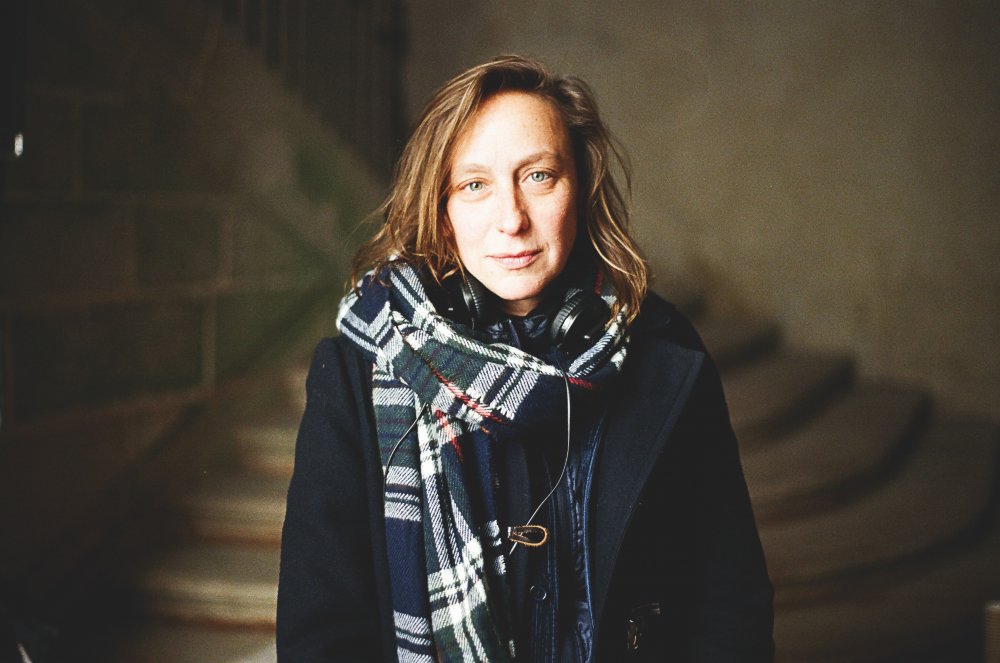
Céline Sciamma
Credit: Claire Mathon
This film is a departure for you, in that it’s your first period drama and your first adult romance.
I directed three coming-of-age stories, and now I’m a 40-year-old woman I felt it was time not to tell the story of self-discovery but of grown women. I wanted to craft a love story and tell the story of women artists. I wanted it to be a mix of a creative story and a romance.
I decided to go for a painter because it’s more cinematic. So it’s not just about the artist expressing themselves. Painting allows you to see them at work – you see the layers and the concentration.
I found out there was an amazing moment in art history in the second part of the 18th century, just before the French Revolution, when there was a rise of a female artistic scene, because of the fashion for portraits. There were hundreds of women painters at that time. There’s a hypothesis that women actually invented self-portrait because…
They didn’t have anyone else to paint.
Exactly. That shows us how the female gaze is so inventive; it’s finding solutions to problems. I did so much research – not just into this period but the last 250 years. I even came to London, as in Paris it was so hard to find books. We are very universalist regarding our classification; there aren’t feminist sections.
The beautiful thing about the research was that it didn’t feel cold or scholarly. I was moved all the time. I discovered this woman named Judith Leyster: she’s Dutch, she was a 17th-century painter. All of her work was attributed to her husband. I put an image of one of her paintings at the end of my script when I sent it out to get financed. It’s a self-portrait. She’s in front of the canvas and she has a brush in hand and she’s looking at us and she’s smiling so much you can see her teeth. I never saw a smile like that.
So it became a very personal project?
I saw the intimate connection between this film and myself as a creative person. The film’s really, really intimate. It’s a love story. It stars Adèle [Haenel, formerly Sciamma’s partner and the star of her debut feature Water Lilies]. This is a given.
But the thing that was surprising was this emotional part about the women artists. I didn’t anticipate this. Each time I found a new woman painter, I would go to see her work or find images in books. I had a real urge to tell their stories when I discovered these women, who had been forgotten by art history. It wasn’t about me doing a period piece or doing a particular genre. These stories hadn’t been told so they belonged to today. And a period piece always comes with such conventions. I am always obsessed with the contemporary. That was my compass: to make the most contemporary film I could.
You could have picked one of these artists to emulate, but instead you chose a contemporary painter, Hélène Delmaire, to paint the portraits in the film. Why?
It just felt right to go to a young female artist today, to see how she works and to make it truthful. I found her on Instagram. She had no interest in cinema. She didn’t know my films. Noémie [Merlant] and I looked at her painting, but I was observing how she thinks. Together we crafted the character.
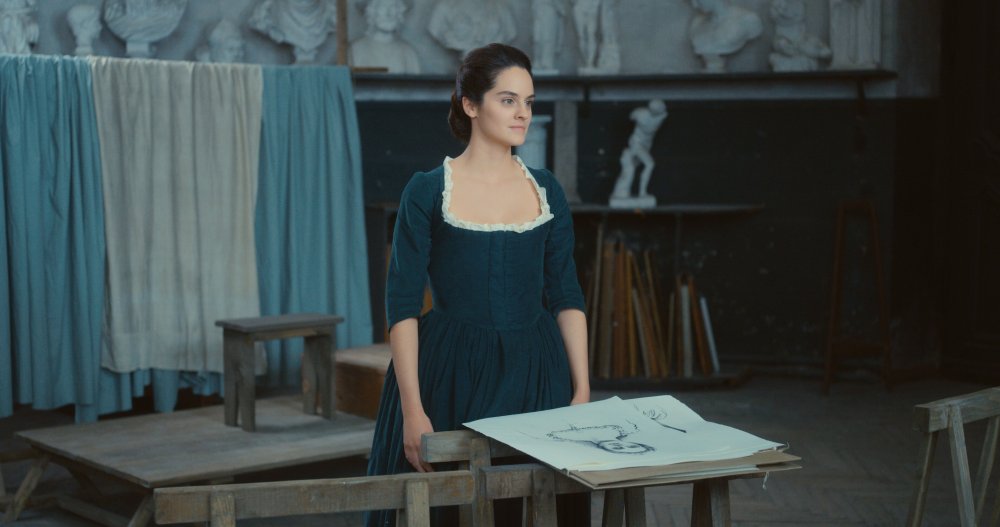
Have you ever sat for a portrait yourself?
No. Never.
Would you want to?
Yes. I get photographed a lot and I see now it’s a matter of trust.
Was it important for you to have two actors – Haenel and Merlant – who haven’t appeared in films together before and who people don’t associate together?
Adèle was part of the project since I started writing, but I wanted someone opposite her who I hadn’t worked with. I love the dynamic of collaborating with someone for the first time. I really wanted to create an iconic couple who you would strongly believe in.
When we did the casting process, I was always in the room, whereas normally I wouldn’t be there for the first read. I wanted every actress who goes through the process of casting to have read the script because they should be proposing something that’s related to the film. It’s not just about how good they are in one scene, it’s about how they interpreted the film. When we talk about being collaborative, we’re not just paying lip-service.
I met Noémie during the casting. I was the model, she was the painter, so we traded places. I don’t rehearse. It is very much about the present moment on set for me, but it was striking how beautiful Adèle and Noémie were together. They had this strong sense of chemistry but also equality – that was so important to the film.
We are trying to build a love story out of equality. They have the same age and height – that is so important in cinema! My heart was racing when I saw them in the film and that’s what you want, because it’s contagious.
Their romance evolves ever so gradually. What do you like about the slow burn?
I wanted to film desire and then the burst of love, and have the audience go through the same stages as the characters. But not like in conventional cinema where it’s love at first sight, and then the love story is all about conflict. That’s the way we’re told to tell stories: in writing classes, a good scene is about conflict.
When you remember how you fell in love, you remember the steps that led to the first kiss. The kiss itself? That’s quite common and if it works out there will be many more of them, but the moments before the first kiss are unique.
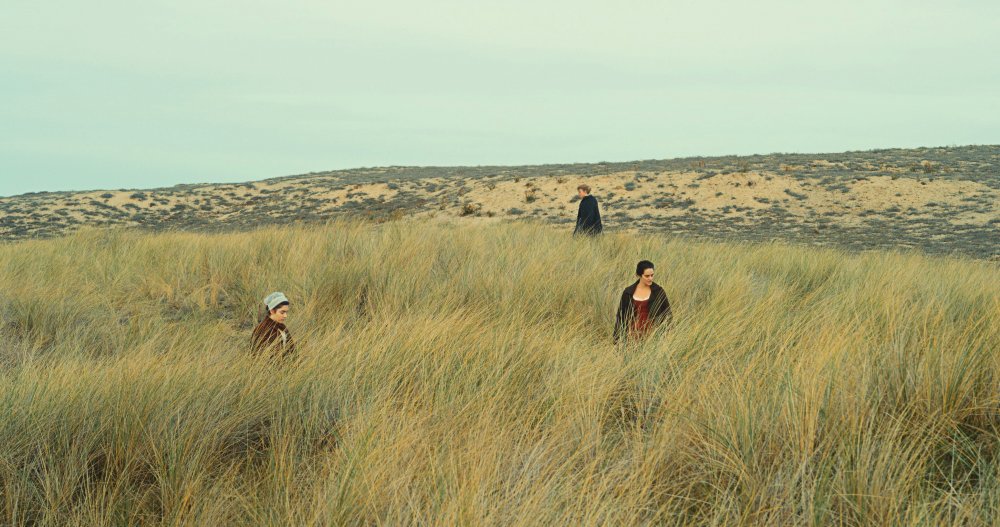
Portrait imagines a friendship that breaks class lines – the upper-class Héloïse, middle-class painter Marianne and the servant girl Sophie all briefly live in a utopia. Were you rebelling against more traditional upstairs/downstairs period dramas like Downton Abbey?
In Downton Abbey, when the sister died during child-birth, I was like, “Oh, this is great TV.” But no, I just think sometimes when you decide to go for a specific genre in cinema, it feels like you want to belong in a way. And I really don’t feel like that.
But really I’m being honest when I say I don’t watch films while making films because you know it’s contagious. There’s too much authority in what has been made before. I think you should invent the language of the film you’re making and feel strongly about your ideas and not look at the past in a way. I’m not romantic in the process of working. I’m really not.
The film foregrounds how women lived in the late 18th century – and, quite radically given the lack of them in even contemporary-set films, you even show an abortion.
It shows how abortion is an everyday occurrence in women’s lives. At that time women were in charge of their own health. Obstetrics are now in the hands of men. Setting it in the past offers us a view of another dynamic of power that is sometimes more equal – and that is interesting for today.
We wanted to share the intimacy of these women and their experiences. They haven’t been represented. I haven’t seen very many abortion scenes, even in contemporary films. When an image is missing from the past, it definitely belongs to now.
☞ A womb of one’s own: a short history of abortion on film
There’s very little music in Portrait but when you do use it, it’s for very emotional and overwhelming moments. It reminds me of that sublime scene in your film Girlhood, when all the girls dance to Rihanna’s Diamonds.
In those moments, I like to embody what it feels like to join a group. You can interpret most of my films as a path to joining a group. This is also very intimate. Is it about my position in life? And maybe even in the industry? I don’t know.
The plot of Water Lilies is basically somebody who wanted to join a synchronised swimming team. Really, she wants to belong. Part of her epiphany is seeing girls and groupings being strong together.
In Tomboy, she’s going to join the group because you know she’s new, she wants to make friends. But she has to lie to join the group.
And Girlhood was a film about how sorority and friendship can make you more alive and strong. And that scene definitely just wants to show how’s she touched by the group – she finds she’s brave enough to join and then she has a voice within the group.
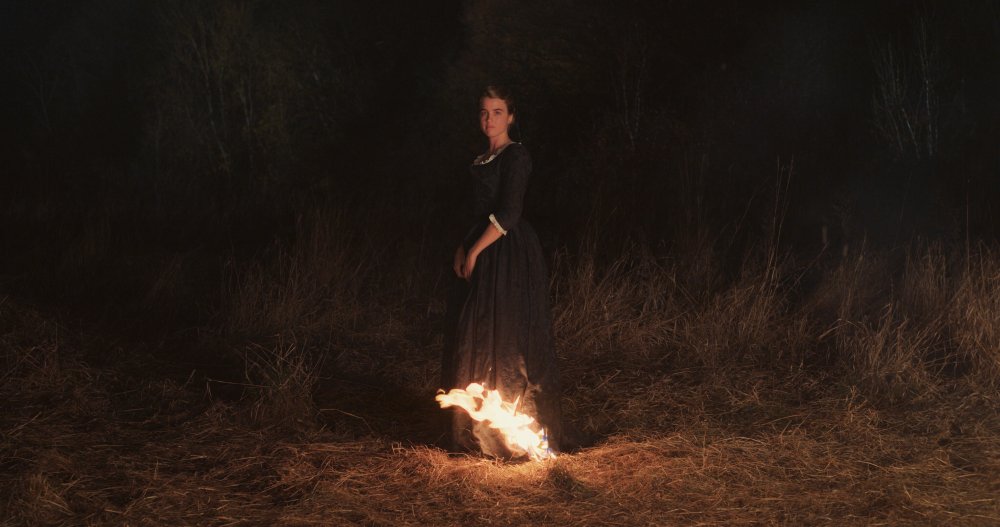
You’re working in quite a different context in Portrait – a period drama about cloistered women. But there’s a similar scene to that one in Girlhood when, halfway through the film, the women go to a nocturnal gathering by the beach and witness a chorus of women singing a folk-song.
In Portrait I wanted a similar scene but it was a challenge to work out how I could craft a communal scene when the whole point of the film is actually isolation. And then also, how to make it feel like a real moment? We had so little time to actually embody the sense of sorority. And so music is always handy for moments like this.
The fact that they are singing together, it’s the first time in the film, so that gave it an extra emphasis. It’s important for the music to be within the film and the fact that they are using their own voices – it’s like their anthem.
It’s also a moment when you most clearly draw our attention to fire.
There’s a flame – whether it’s physically there or you hear it – in almost every frame, except when they’re outside during the day. I thought it was so rich because it’s the fire between the two women. It’s the fire within them. It’s anger and it’s destruction.
Plus, in English Portrait of a Lady evokes Henry James. And I love James by the way. I’m not setting fire to him. He is a writer who wrote so well about women. I feel so connected to his characters.
This is a film all about the female gaze. How important was it for you to have a female director of photography, in this case Claire Mathon?
This was my first film with Claire Mathon. I have always worked with female DPs. I know nothing else. It’s more a question for the actors as they’ve worked on different sets.
Cinema has a strong hierarchy. And that’s the same even on my sets. I’m in charge; I get to create the world I want to live in for two months. You have power. The question is: what are you going to do with that power? I’m not saying there’s no hierarchy on my sets, but I tried to create a more horizontal way of working that is very collaborative.
The film is all about that. It’s all about how there is no muse. The model and the artist are co-creators. I find it strange that people want to work differently. We should be asking this question to male directors. They seem to enjoy their own company very much.

Even though it’s a spoiler, I have to ask about the ending, because, after the slow-burn of the romance up to that point, it opens up such a flood of emotions. Could you explain how you arrived at the moment Marianne goes to the gallery and sees a portrait of Héloïse with the secret ‘page 28’ reference – the page in the book where Héloïse had asked Marianne to draw herself?
It took me a long time to figure out. I wanted Marianne to see Héloïse in a painting and that there would be a secret within the painting. But what kind of secret? The obvious one in art history is the open door of a birdcage. When a birdcage is open or closed in a painting it tells us about the girl’s virginity. When there are animals, it’s sexual metaphors.
If I were to submit to a convention like this, it would have worked pretty well and people with that knowledge would have enjoyed the little wink. But that’s the thing. You want to find something new and think of something that’s going to really belong to the film.
And so this book idea finally came up. And suddenly I knew it was the right idea because there’s several elements to it. The fact that there will be a finger in the book, and that this will be sexy. The fact that a number is a common language: everybody will get it, even those who don’t speak French.
And there’s the mystery also because this number didn’t mean anything before the film, but it will suddenly: it’s that language that you now speak and a world you become part of. It belongs to the film but will live beyond the film. I want people to get ‘page 28’ tattoos. I wonder if anyone will hide notes at that page. I know that now when I want to hide something in a book, I’ll put it on page 28.
You could have ended the film there, but you keep going…
The final scene at the theatre [when Marianne sees Héloïse at a concert] was actually the first scene I had in mind. It was inspired by a poem by Mary Oliver, which says that a broken heart is an open heart to the rest of the world.
I wanted a story relevant to today. There was no book to adapt, no painting out there. This is our imaginary, and a tribute to the other imaginaries out there that don’t exist. There’s nothing worse than realising your imaginaries don’t exist – you can go your whole life without seeing things.
We’re activists for cinema today. We hope you experience something, that we give you the urge to go to the cinema or make some cinema.
-
The 100 Greatest Films of All Time 2012
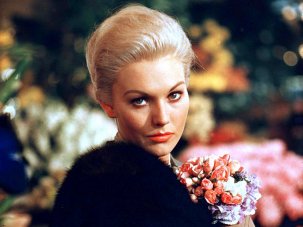
In our biggest ever film critics’ poll, the list of best movies ever made has a new top film, ending the 50-year reign of Citizen Kane.
Wednesday 1 August 2012
-
The best films of 2020… so far

An ongoing tally of the movies we’ve most loved this year – from those that have been through British cinemas to those that have delighted us at...
-
The Digital Edition and Archive quick link
Log in here to your digital edition and archive subscription, take a look at the packages on offer and buy a subscription.




